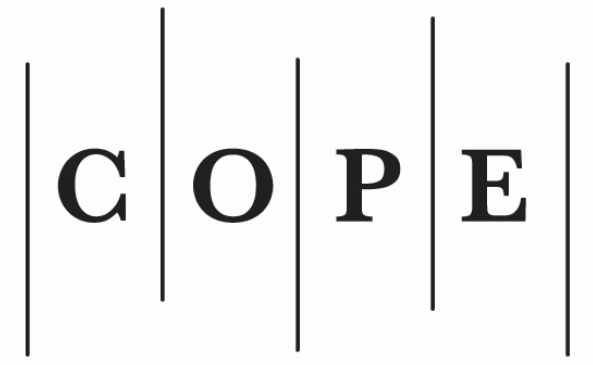Mains Trends of Improvements in Crime Prevention in the Russian System of the Interior
##plugins.themes.bootstrap3.article.main##
Abstract
The Russian system of the Interior is the central institution carrying out crime prevention activities. It is provided with sufficient juridical and actual potentials. Prevention activities process is based on the following principles: legality, social justice, humanity, comprehension, individual approach, timeliness and preventiveness.
The trends of improvements in crime prevention implemented by the Russian system of the Interior are: general, individual and victimologic preventiveness; the use of preventive potentials related with criminal-procedural, criminal-executive and administrative legal basis; co-operation with society, political parties and movements, religious confessions and mass media; advancement of human and material resources and development of research, organisational, methodical, information and material-technical spheres.
Conclusions: Crime prevention is one of the preventive trends to combat criminality. The development of this sphere is an exceptionally important factor in the decrease of crime rate in Russia. It plays a crucial role in the implementation of prospective social and economic objectives of the country.
The trends of improvements in crime prevention implemented by the Russian system of the Interior are: general, individual and victimologic preventiveness; the use of preventive potentials related with criminal-procedural, criminal-executive and administrative legal basis; co-operation with society, political parties and movements, religious confessions and mass media; advancement of human and material resources and development of research, organisational, methodical, information and material-technical spheres.
Conclusions: Crime prevention is one of the preventive trends to combat criminality. The development of this sphere is an exceptionally important factor in the decrease of crime rate in Russia. It plays a crucial role in the implementation of prospective social and economic objectives of the country.
##plugins.themes.bootstrap3.article.details##
Section
Articles
This is an open-access journal, which means that all content is freely available without charge to the user or their institution. Users are allowed to read, download, copy, distribute, print, search, or link to the full texts of the articles in this journal without asking prior permission from the publisher or the author. This follows the BOAI definition of open access. Authors contributing to Jurisprudence agree to publish their articles under a Creative Commons Attribution 4.0 International Public (CC BY) License (applicable from 2025).
![]() Authors retain copyright of their work, with first publication rights granted to the Association for Learning Technology.
Authors retain copyright of their work, with first publication rights granted to the Association for Learning Technology.
Please see Copyright and Licence Agreement for further details.






